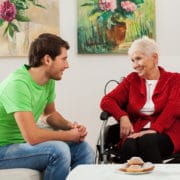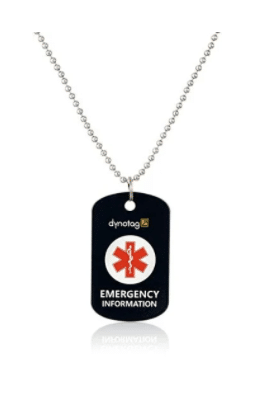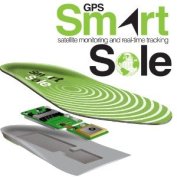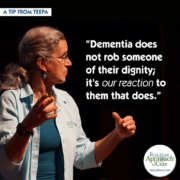Planning Your Holidays Together Apart
The holidays are near and that means it’s time to plan our celebrations. Unfortunately, with the pandemic in full swing, Thanksgiving, Christmas, Hanukkah, and New Year’s will look a bit different than in times past. Although the CDC has released guidelines on having a safe holiday, even the strongest precautions may not protect the most vulnerable population. If you are looking to celebrate with friends and family without bringing everyone into close contact, the following tips can help you enjoy your holidays together apart.
Decorate Your Home
Get yourself in the holiday spirit by decorating. Seasonal decor may include anything from miniature pumpkins to a homemade centerpiece made of ornaments and tinsel. If you have a fireplace, focus on it, and don’t be afraid to change out your kitchen towels and potholders to reflect the current holiday.
Go Virtual
Once your home is decorated, choose a spot to host a virtual holiday. Zoom is an excellent platform to get everyone together, and, as the host, you’ll have more control when Uncle Jimmy starts regaling you with tall tales from his glory days. Set your webcam up in a spot that showcases the best of your holiday decorations, and send out an invite weeks in advance.
If you are not set up with all of the technology you need, now is about the best time to buy a new laptop or tablet to get the job done. There are countless deals online, so you’re likely to score a great discount on a new device when you search for it. As an added bonus, the kids can use it if and when they go back to virtual school. Don’t forget to get inexpensive computer speakers so that you can hear everyone at your online party.
Two additional pieces of equipment to make your virtual celebration a success are a projector screen and a good long-range microphone. A microphone will ensure everyone in your household can be heard, while a well-reviewed projector will give you lifelike visuals of mom and dad. Before you invest in either, make sure they have the features you want, such as high resolution and the right ports to connect to the rest of your setup.
Other Ideas:
- Watch movies and TV online together using the Watch Netflix Together
- Send holiday gift baskets from Harry & David, Russell Stover, or your favorite online retailer.
- Pack a care package with seasonal/regional flavors from your hometown to send to those who are far away. Do not forget to ship a box to your friends in uniform serving overseas.
If You Decide To Travel
Although most of us will stick closer to home this holiday season, if you do choose to travel, do so safely. Basic guidance from the Centers for Disease Control says to avoid close contacts, wear a mask, and wash your hands often. When running water and soap are not available, use hand sanitizer and — perhaps most importantly — do not touch your mouth, nose, or eyes.
The holidays will undeniably look different this year than in seasons past. But avoiding large gatherings, especially if you have immunocompromised or elderly family members, will help ensure everyone’s health and safety. The above tips can help you have the best holiday possible. The final piece of advice: keep an open mind and a positive attitude, no matter what the holidays bring.
By Emma Grace Brown











 1.
1. 
 4.
4.  6.
6.  7.
7.  8.
8.  9.
9.  10.
10. 


You must be logged in to post a comment.